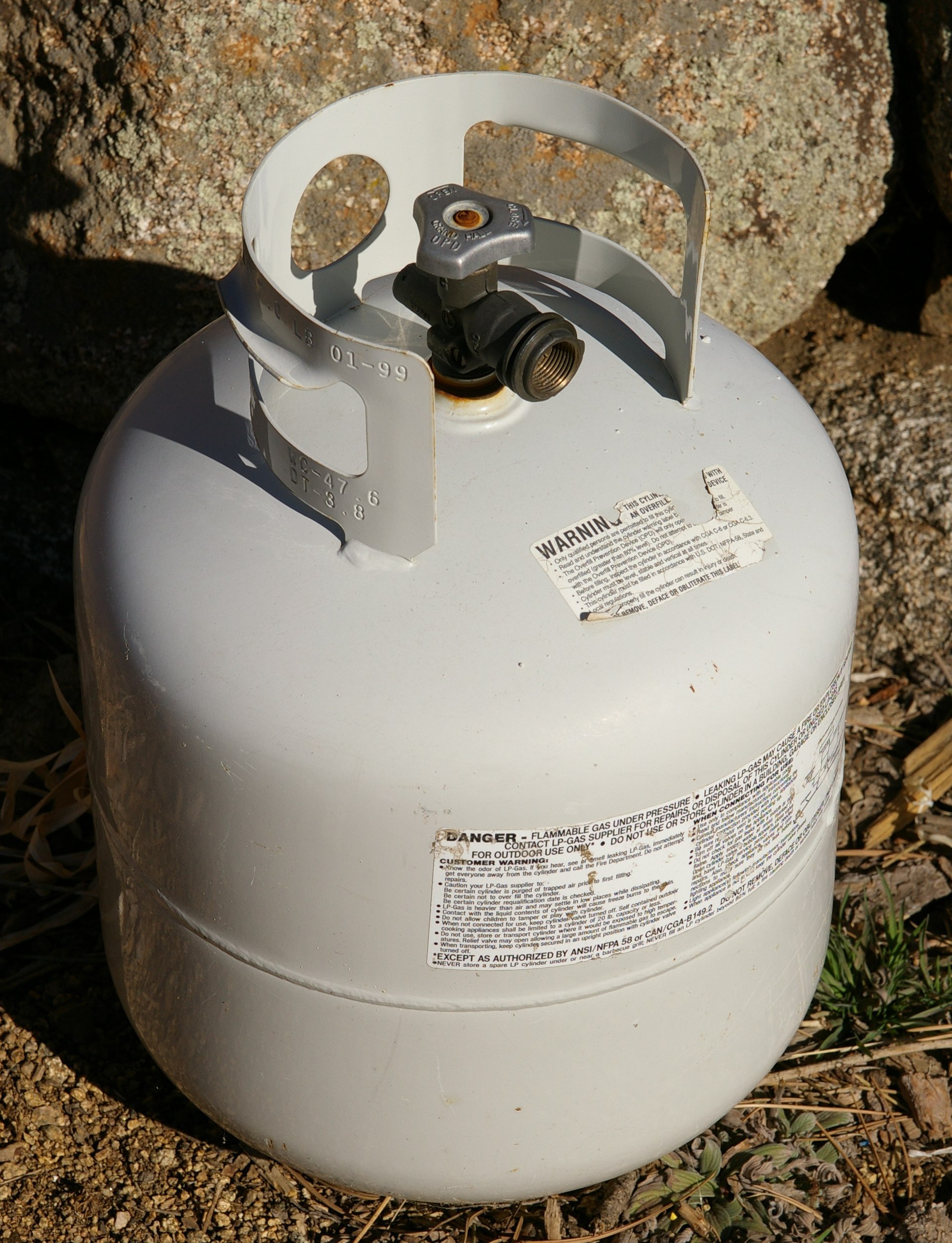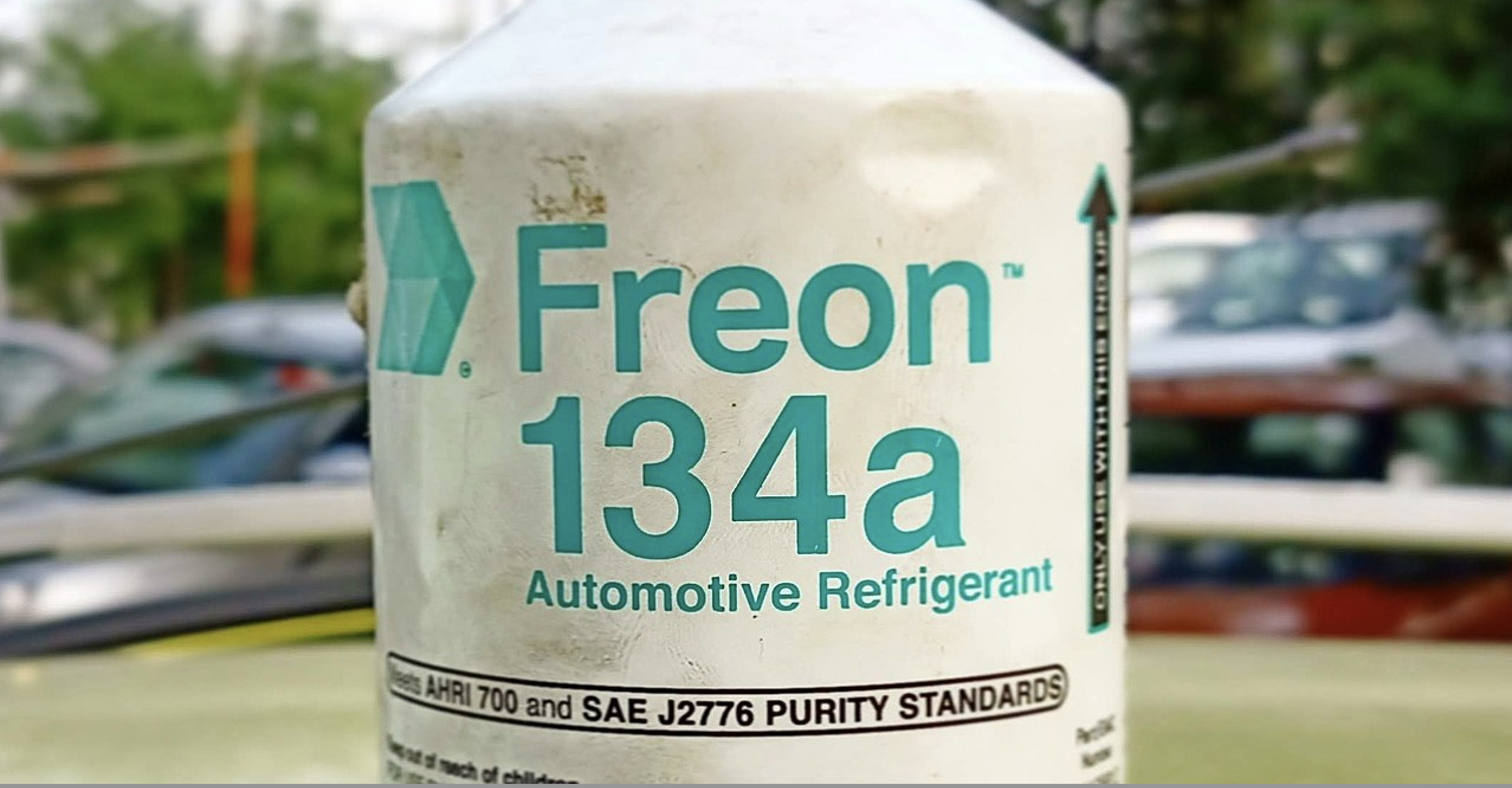A Practical Guide for Anyone Who Uses, Relies on, or Is Just Curious About Propane
Propane is one of those everyday fuels that quietly powers much of the modern world. You’ve probably seen it fueling a backyard grill, running a forklift in a warehouse, or heating a remote cabin in winter. But beyond those familiar uses, propane plays a massive behind-the-scenes role in agriculture, manufacturing, construction, transportation, and even disaster relief.
Yet despite its widespread use, most people—whether home users, fleet managers, or business owners—don’t know much about how propane is made. It’s not something you just pump out of the ground like gasoline, nor is it a man-made chemical cooked up in a lab. The process of producing propane is fascinating, highly technical, and deeply tied to the broader energy economy.
So whether you’re someone who manages fuel supply for a company, a technician working with propane-powered systems, or simply someone who’s curious about where that tank on your porch really comes from—this guide is for you.
We’ll break down how propane is made step by step, where it comes from, why it matters for pricing and reliability, and how it fits into larger conversations about clean energy and the future of fuel.
A Quick History of Propane
Before we dive into the how, it helps to understand where propane came from—at least historically. Propane was first identified in 1910 by American chemist Dr. Walter Snelling, who was studying evaporating gasoline. He found that certain volatile components, like propane and butane, were responsible for most of the energy in the fuel—and that they could be isolated and bottled as their own source of power.
By 1912, Snelling and his partners had formed the first propane distribution company, and by the 1920s, propane was being used commercially for cooking and heating. It really took off after World War II, when the oil and gas industry expanded its refining capabilities and built the infrastructure to deliver propane across the U.S. and beyond.
Fast-forward to today, and propane is a global energy staple. It’s used in over 50 million American homes, fuels countless commercial and industrial applications, and is now being looked at as a transitional clean fuel thanks to its low carbon emissions compared to gasoline or diesel.
What Exactly Is Propane?
Propane (C₃H₈) is a hydrocarbon gas and a member of the liquefied petroleum gas (LPG) family. It’s colorless, odorless (until a scent is added for safety), and can be stored and transported as a liquid under pressure.
It’s prized for its versatility, portability, and clean-burning nature. You’ll find it powering everything from residential heating systems to massive agricultural dryers, forklifts, and fleet vehicles.
So, How Is Propane Made?
Propane is not created like a synthetic chemical in a lab. Instead, it’s a natural byproduct recovered during two other key processes in the energy industry:
1. Natural Gas Processing
When natural gas is extracted from underground, it comes out as a mixture of gases, not just methane. Among those are propane, butane, ethane, and other hydrocarbons. These components are separated at a natural gas processing plant using cooling, absorption, and distillation techniques.
According to the U.S. Energy Information Administration (EIA), approximately 90% of U.S. propane is produced this way.
2. Crude Oil Refining
The remaining supply—around 10% of U.S. propane—comes from the petroleum refining process. As crude oil is distilled into gasoline, diesel, and jet fuel, lighter hydrocarbons like propane naturally separate out during the early refining stages.
How Is Propane Captured and Stored?
Once extracted, propane is compressed into a liquid for easier storage and transport. In its liquid form, it takes up 270 times less space than as a gas, which makes it ideal for tank storage and transportation.
Before it reaches homes and businesses, an odorant (ethyl mercaptan) is added to propane to give it a strong, distinctive smell—often described as similar to rotten eggs. This is a critical safety step to ensure leaks can be easily detected.
From there, it’s distributed by pipeline, rail, truck, and barge to retailers, refueling stations, and commercial users.
Where Is Propane Produced?
The U.S. is a major global propane producer—in fact, it’s the largest exporter of propane in the world.
As of 2023, the U.S. exported nearly 1.5 million barrels of propane per day.
Key producing regions include:
Texas (Permian Basin)
Louisiana
North Dakota
Appalachia (Marcellus Shale region)
These areas are rich in both oil and natural gas, which makes them ideal for propane recovery.
How Is Propane Used?
Propane’s flexibility makes it useful across a wide range of industries and applications. Some of the most common include:
Manufacturing
Used for powering industrial ovens, furnaces, metal-cutting torches, and heat-treating processes.
Construction
Common for portable heating equipment, power tools, generators, and tar kettles.
Agriculture
Heats greenhouses and barns, powers irrigation pumps, and dries crops like corn and tobacco.
Transportation
Powers forklifts, delivery vehicles, buses, and fleet trucks as a clean-burning alternative to gasoline or diesel.
Residential & Commercial Use
Space heating, hot water, cooking, and backup power in areas not served by natural gas pipelines.
Over 50 million U.S. homes and countless businesses rely on propane for daily operations.
Why Should You Care How Propane Is Made?
Understanding how propane is made isn’t just trivia—it’s practical knowledge, especially if you’re working in an industry that depends on fuel reliability, cost stability, or environmental performance.
1. It Affects Pricing
Propane prices can fluctuate based on the natural gas and crude oil markets, export levels, and seasonal demand (especially in winter).
U.S. retail propane prices can range between $0.50 to over $3.00 per gallon, depending on location and time of year.
2. It Impacts Supply Chains
If you manage logistics or operations, understanding propane’s production and distribution helps you plan around weather events, shipping delays, and global energy trends.
3. It Informs Environmental Compliance
Propane is listed as a clean alternative fuel under the U.S. Energy Policy Act of 1992, but its perception and regulation can shift depending on how it’s produced and used.
What About Renewable Propane?
This is an exciting area of development. Renewable propane is chemically identical to conventional propane but is made from non-fossil feedstocks like plant oils, animal fats, and used cooking oils.
While production is still small-scale, it’s growing fast—particularly in places like California with low-carbon fuel mandates.
A leader in this space, Neste, produces renewable propane as part of its broader biofuel program.
Final Thoughts: From Source to Storage
To answer the question, “How is propane made?”—it’s not something that’s cooked up in a factory. It’s a valuable byproduct of the natural gas and oil industries, refined through sophisticated separation processes and delivered via a global network of infrastructure.
If you use propane in your business or home, understanding where it comes from helps you make smarter choices—from budgeting to planning for supply needs to exploring greener alternatives.
And next time you see a propane tank, whether it’s behind a restaurant or next to a forklift, you’ll know the long and complex journey that gas took to get there.




 Regular Maintenance
Regular Maintenance